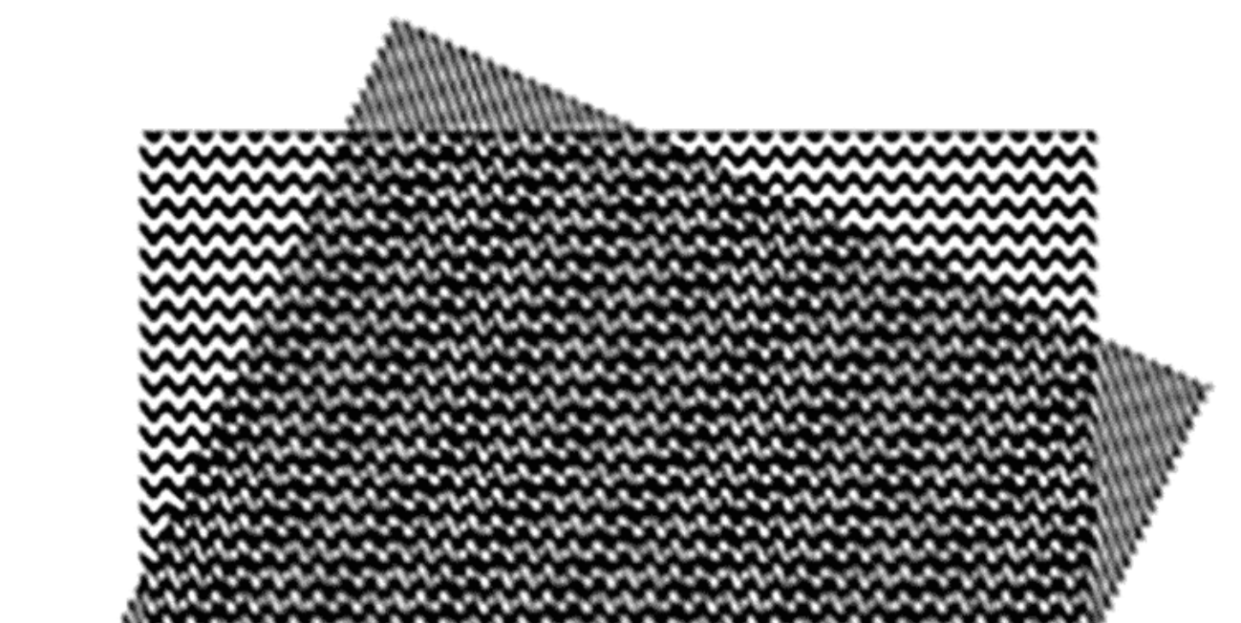Whoops, Scientists Accidentally Discovered a New State of Matter

Scientists have documented a new electronic layer of matter found between two 2D nanolayers.
The electrons pool in a regular arrangement of electron holes based on the sandwiching layers.
This was previously believed to be impossible at room temperature.
The group of newly discovered, electric forms of matter has a new addition. In this case, researchers at Northeastern University have accidentally identified a new configuration where layers of electrons form a uniform lattice.
"I'm tempted to say it's almost like a new phase of matter," says physics professor Swastik Kar in a statement. "Because it's just purely electronic."
Kar says he thought these results were a measurement error at first. His research team layered two “sheets” of particles: one of bismuth selenide and one of transition metal dichalcogenide. Both are called 2D materials because they’re so nano-flat to almost be nonexistent—the closest real thing to a pure geometric plane.
The researchers layered these two sheets together and observed what they thought was a third layer between them. But like the famous grid illusion, Kar and his team thought they were seeing a visual artifact of some kind—an imprecise instrument at the nano scale. They reran the experiment to make sure their synthesis or measurement wasn’t introducing an error.
“Have you ever walked into a meadow and seen an apple tree with mangoes hanging from it? Of course we thought something was wrong. This couldn't be happening," Kar says in the statement. But when repeat tests showed the same third layer, the team looked closer. “At certain angles, these materials seem to form a way to share their electrons that ends up forming this geometrically periodic third lattice: A perfectly repeatable array of pure electronic puddles that resides between the two layers,” Kar explains.
Indeed, it turns out the phenomenon is made by a surprising arrangement of the electrons from both layers. The electrons were lining up and staying put in a regularly repeating stationary lattice. By observing with particle microscopes, the research team could watch the resulting scatter of light and use that to reverse-engineer the lattice pattern. These lattice electrons are the “puddles” Kar described.
In the statement, the scientists compare the newly created third layer to stacking two combs together: two discrete patterns that mingle to make a third pattern that would not exist without those two component parts. It’s similar to how your window screens can layer to make a third “design” from certain angles or why certain colors appear to bleed or vibrate on older TVs.
Kar’s team says its discovery is the first observed and documented one of its kind. “Here we provide the first experimental indications of a real-space, non-atomic lattice formed by interlayer coupling induced charge redistribution in vertically stacked [...] 2D heterostructures,” the scientists write in their paper. The two sides of this electronic Oreo made it so the electrons, experiencing “induced charge redistribution,” moved into the middle and became the filling.
The corralled electron puddle could be used in electronic devices, because—and this is also important—the study team observed this phenomenon at room temperature. Previously, scientists believed this kind of behavior only happened at the same near-absolute-zero temperatures that mark most other discoveries where subatomic particles are proverbially “held in place” by something.
“The only reason electrons will form into puddles is because there's a potential hole there,” Kar says in the statement, which explains in general how electrons pool and flow through solid materials like wires. But this particular application is special, with a different arrangement of electrons that’s not been seen in nano 2D materials, rather than linear materials like wires.
“The excitement at this point is in being able to potentially demonstrate something that people have never thought could exist at room temperature before.”
You Might Also Like
